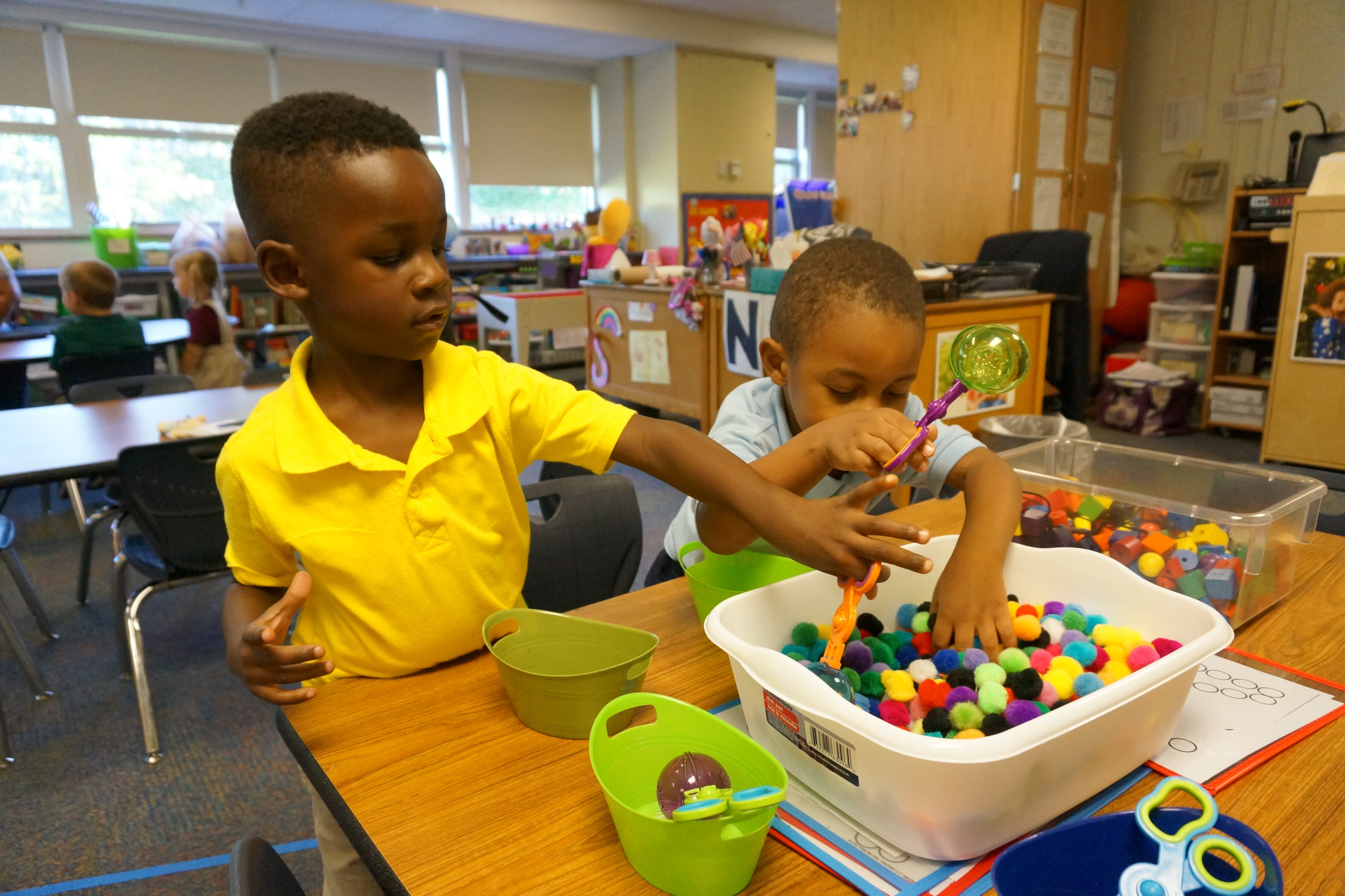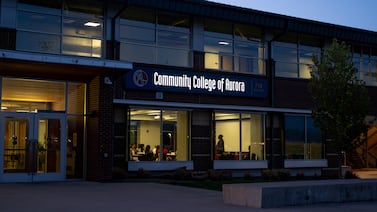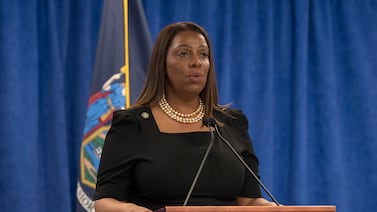Advocates are cheering the first studies on Indiana’s prekindergarten voucher program, highlighting the potential lasting academic benefits while also noting areas for improvement.
A long-term study of On My Way Pre-K found its students were better prepared for kindergarten and scored slightly higher on ILEARN than children from similar low-income backgrounds. But the research also raised questions about the state’s child care rating system, a cornerstone of On My Way Pre-K meant to ensure quality.
A second report from a new kindergarten readiness assessment showed children in On My Way Pre-K programs met national targets for 29% of literacy skills and 40% of math skills, suggesting that they have not fully caught up to students from higher income families. The assessment also identified disparities between students of different races.
“We believe that it shows us that yes, we’re on the right path, but there are opportunities to build on that,” said Anne Valentine, vice president of government relations for the United Way of Central Indiana. “The fact that On My Way students outperformed on school readiness and literacy — that alone is an excellent start for those families.”
Valentine, who leads Indiana’s Early Education Works coalition of about 40 businesses and organizations, said she hopes the results help persuade lawmakers that “the investment with the state is worth it.”
One state official emphasized that the longitudinal study did not find that the effects of pre-K fade over time, a concern that’s been raised in other places, including Tennessee.
“I am very thrilled to see students who saw benefits well beyond their first year of school,” said Nicole Norvell, director of the Office of Early Childhood and Out-of-School Learning.
Indiana lawmakers, who have taken a cautious approach to pre-K, required the longitudinal study when they initially approved the funding. On My Way Pre-K launched in 2015, subsidizing the cost for low-income families to send their 4-year-olds to the early education provider of their choice. Licensed centers, schools, churches, and home providers could participate if they reached either of the two highest quality levels in the state’s voluntary child care rating system.
As it expanded statewide, the pre-K program has faced challenges in raising awareness among families and increasing the number of eligible providers and available seats.
This school year, On My Way Pre-K reached its highest enrollment with about 4,800 students. The state sets aside $22 million each year for pre-K, with $1 million earmarked for an online program.
The longitudinal study followed the first class of On My Way Pre-K students over five years and compared their outcomes to other economically disadvantaged children who attended lower quality or unrated programs. Researchers are also tracking a second cohort currently in fourth grade.
The report recommends training to improve instructional quality and better connect pre-K to kindergarten. It also suggests further examining the state’s child care rating system, known as Paths to Quality.
Despite the expectation that On My Way Pre-K would have higher quality classrooms, researchers didn’t find a significant difference with the comparison group in lower rated or unrated programs. Using a method to evaluate teacher-child interactions, both pre-K and kindergarten classrooms scored low in instructional support and in the mid-quality range for classroom organization and emotional support.
Researchers also found that the quality of programs varied widely within the same Paths to Quality level.
Norvell, the state’s early childhood director, said the state needs to work on improving instruction through professional development and “strengthen the system we have for quality.” But she also noted that the quality evaluation didn’t necessarily consider factors such as how long a program had been established or how experienced its teachers were.
Early Learning Indiana, an advocacy group, is currently studying quality in classrooms across the state as part of a project with the National Institute for Early Education Research.
“We need to better understand the true drivers of quality and make sure we have a system that’s looking at the right things,” said Early Learning Indiana President and CEO Maureen Weber.
Advocates agreed strengthening Paths to Quality is a clear next step for early education, as well as increasing access to high-quality seats, particularly in rural areas.
“This is our chance to get it absolutely right for children before they go to kindergarten, so there’s more work to do,” Weber said.






